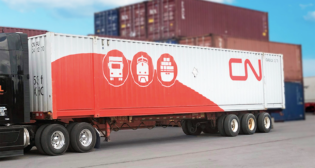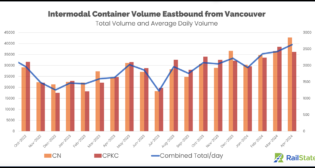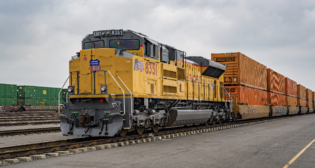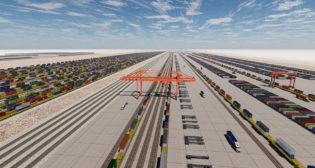
Solid Operations and Service Closing 2023
Written by Rick Paterson, Managing Director, Loop Capital Markets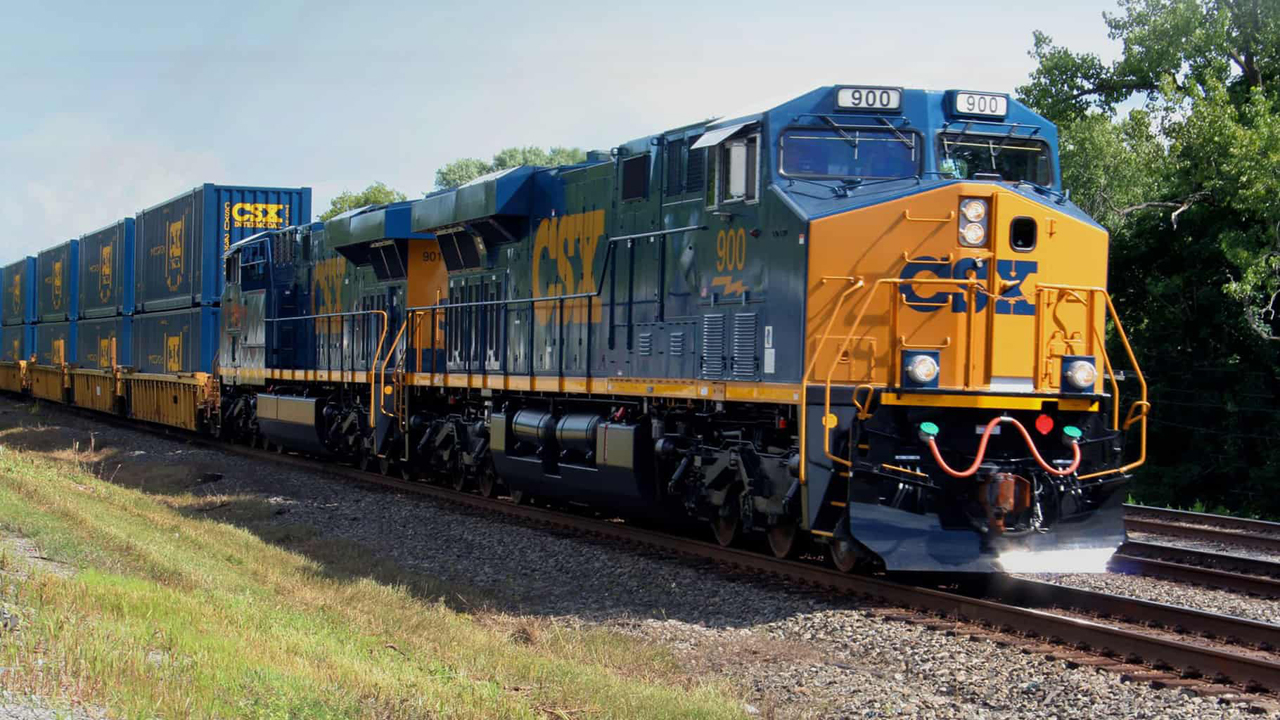
CSX photo
In recent weeks we’ve focused on the big tailwind from Thanksgiving and its subsequent slingshot effects, which accelerated the overall system and propelled some key metrics at Union Pacific, BNSF, and CSX to new multi-year records. We’re now seeing the normal fade as the tailwind has worn off, but most metrics remain superior to where they were prior to Thanksgiving, resulting in a net benefit. We’re now essentially back to pre-Service Crisis service levels.
The next two events on the operating calendar are, of course, the holiday season and winter. We often talk about the beneficial effects of the four major holidays outside of the Christmas-New Years period (Memorial Day, 4th of July, Labor Day, and Thanksgiving), but we focus less on the late December holidays. Yes, it accelerates the network, but crews quickly get scarce and any efficiency gains are quickly deleted by brutal January weather.
Even the weather has been kind. The good news this year is that winter itself is off to a slow start. At this time last year we were dealing with the first of the two Arctic Blasts. A good way to think about winter is like a brake. The faster you go into it the better because when the winter brake is applied the system slows and enters “magnet mode,” where it’s sucking in more crews and power to haul the same amount of freight. When the system slows from a high base there’s less chance it will deteriorate to the point where crews or power are exhausted at a critical location (meltdown). Normally this doesn’t happen, and it takes something extreme, like 2014’s polar vortex. As a more realistic example, in the chart below you can see how the two Arctic Blasts last winter immediately and significantly slowed the system. You can also see the system is much better prepared entering this winter compared to last.
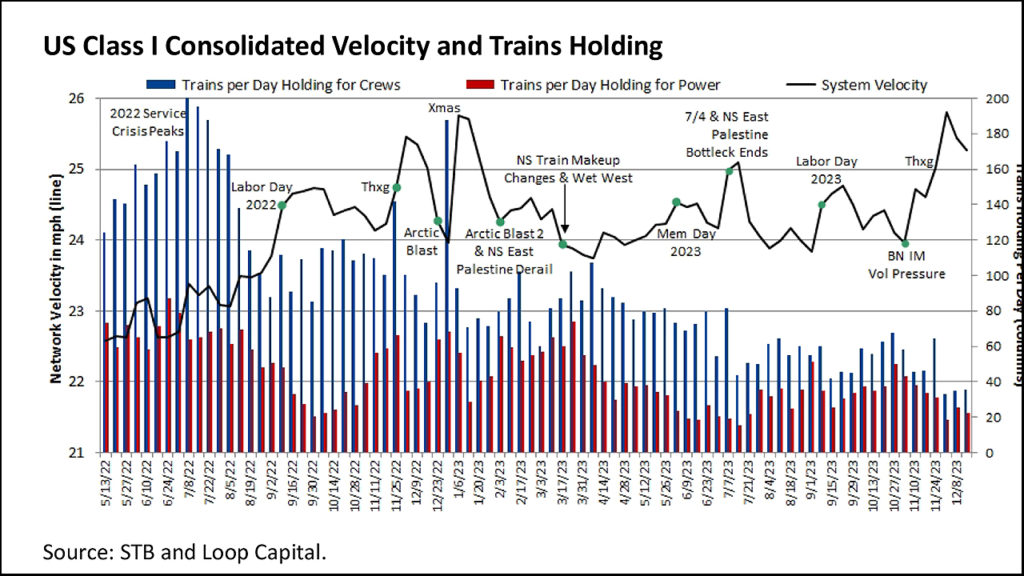
In terms of the public data, you want to enter January with high network velocity and low trains holding for crews and power, which provide the critical resource cushion when the system invariably slows. We’re currently running at 25.3 mph vs. 25.0 mph last year—which quickly fell to 24.3 mph during the Arctic Blast in the week before Christmas—so better speed. We also have a much bigger safety net this winter, with only 36 trains per day currently holding for crews vs. 73 at this time last year, and 22 per day holding for power vs. 40 last year. This means there’s good critical resource availability. Winter is never easy and will no doubt be brutal in places, but at least the industry has put itself in a good position to handle it with minimal tail risk of a bad outcome.
(Editor’s Note: The data cited above is prior to the U.S. Customs and Border Protection shutting down the El Paso and Eagle Pass crossings. Next week’s analysis will show the effects of those closures on the North American freight rail network. – William C. Vantuono)
